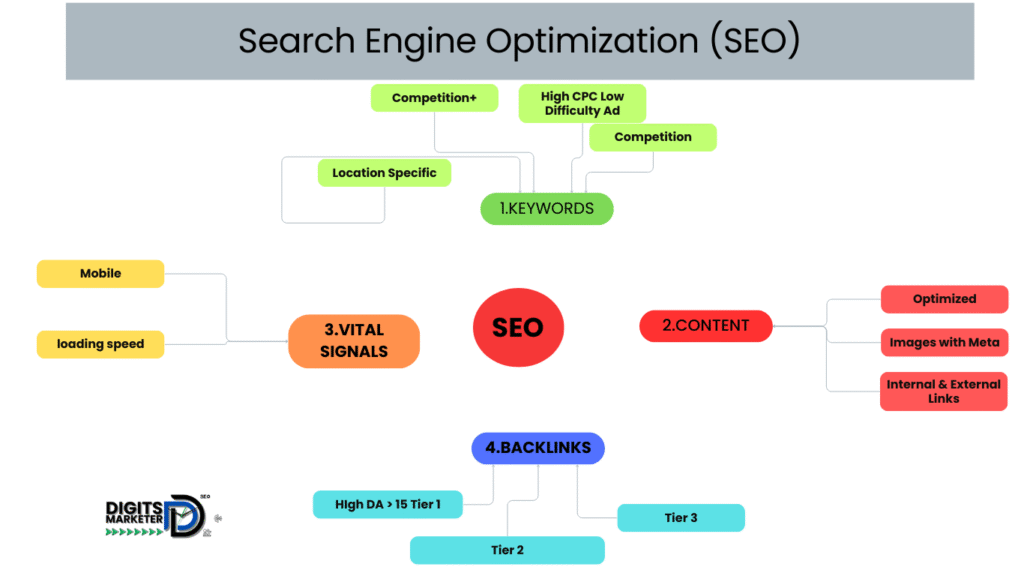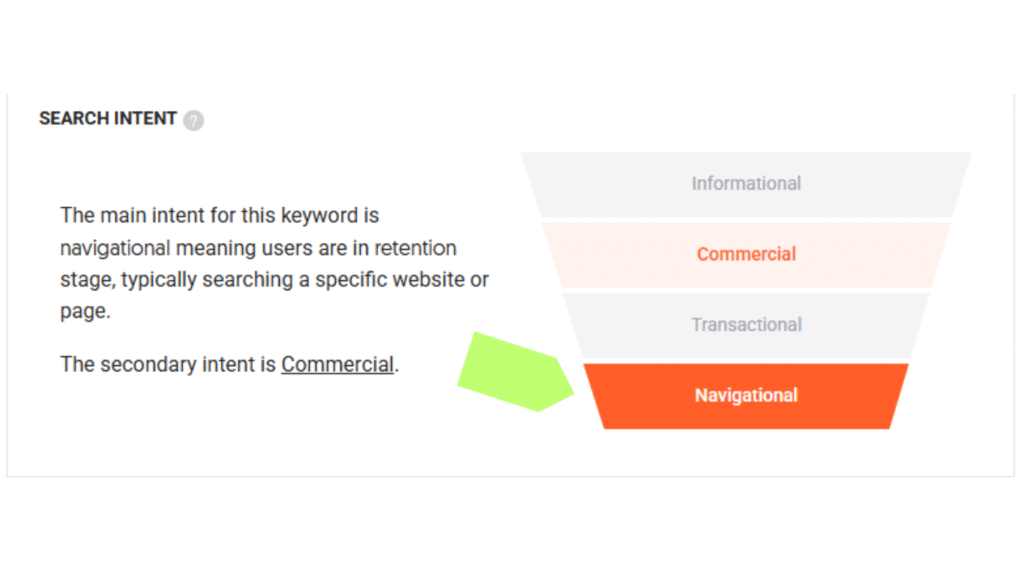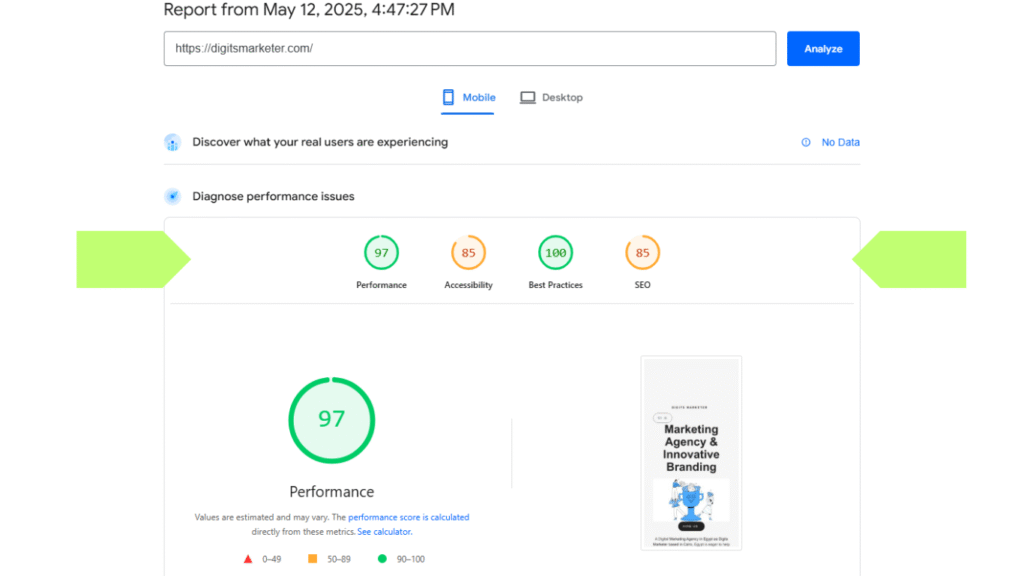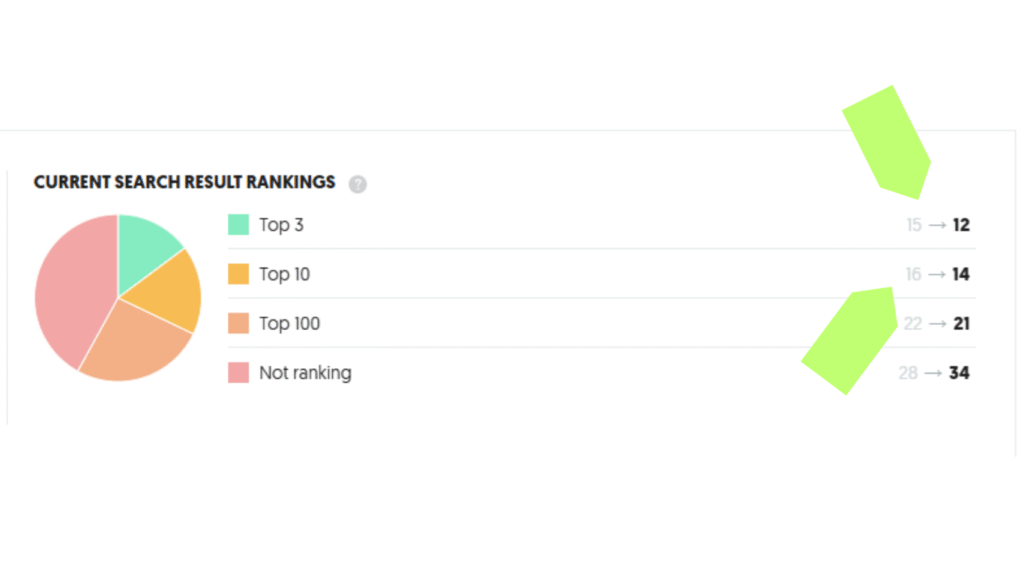Let’s get something straight — SEO Ranking article isn’t one of those “Do this and you’ll rank tomorrow” fluff articles.
These are the exact steps I personally use to get websites ranked on Google — fast, clean, and without spinning in circles.
And no, I’m not selling you a fantasy where AI does all the work while you sip your coffee on the beach.
SEO takes work.
But if you follow this system, you’ll work smart — not hard.
And trust me, the results?
You’ll see them in your traffic, not in your dreams.
⚠️ Fair warning: This guide is long. But if you read it through, you’ll have a full SEO roadmap — ready to implement, without wasting hours searching bits and pieces across the web.
Take your time. Bookmark it. Come back to it whenever you need a push.

Before writing a single word or targeting any keyword, you need to understand who you’re competing against.
Not every business in your niche is a real competitor. Focus on 2–3 websites that rank organically on Google for the same keywords you want to rank for. Ignore paid ads — we want those winning with organic SEO.
Use Ubersuggest to analyze:
All of this gives you a landscape of opportunity: what your competitors are ranking for and where you can outperform them.
If a competitor ranks on page 1 and you’re nowhere to be found, that’s your cue to take action.
Use Ubersuggest to compare their keyword list with yours:
These are your golden windows — aim for keywords where only one or two others rank well. You could be the third… or even the first.

The right keyword is the difference between showing up on Google… or getting ignored.
Start with these 3 filters:
For example: If you offer social media marketing for dentists, don’t target “digital marketing.” Target something like: “Instagram marketing for dental clinics”
That’s intent, a defined audience, and a clear problem in one search.
Use Ubersuggest and Google Keyword Planner to validate, but your first step should be understanding your customer’s language — not just data.
People don’t search for “comprehensive legal services.” They search for “good lawyer in Downtown Dubai.”
If you’re based in New Cairo, use keywords like: “Dental clinic in New Cairo” instead of just “Dental clinic.”
Local keywords:
Filter by location in your tools, and target keywords with intent + location + service.
If your competitors are spending heavily on ads — let them do the testing for you.
Use their paid ads to uncover:
Then? Target those keywords organically with content:
Let them pay. You show up next to them… for free.

Google doesn’t rank whoever writes the most — it ranks whoever understands what the searcher actually wants.
That’s why user intent is everything.
Even the best content will fail if it doesn’t match what the user is looking for. Here’s how I build SEO content based on the buyer’s journey:
🔹 TOFU – Top of Funnel
The visitor just realized they have a problem. Example:
“Why am I not getting clients through Instagram?”
You write educational, friendly content that explains the issue and introduces them to the solution.
🔹 MOFU – Middle of Funnel
The visitor is comparing options. Example:
“Should I use SEO or paid ads?”
Your content should be insightful and unbiased — show you understand the problem without pushing a sale.
🔹 BOFU – Bottom of Funnel
The visitor is ready to buy. Example:
“Best SEO agency in Cairo”
This is where you include direct CTAs, testimonials, and proof that you are the right choice.
Bottom line? Don’t write content just to publish something today — write with purpose. Create content for every stage that moves the visitor from curious to client.
Now that you understand intent, let’s write content that both users and Google love.
✅ Primary + Secondary Keywords
Your main keyword should be in:
Avoid keyword stuffing — it should feel natural. Also, add 2–3 related terms to capture broader search visibility.
✅ Make It Easy to Read
No one will read an 800-word wall of text. Use H2s, H3s, visuals, spacing, infographics, or tables. Especially in the first 20 seconds of reading.
✅ Basic But Critical SEO Fixes
Do this, and Google will know your content is useful — and start ranking it higher.

Think of your site like a shopping mall. If every store is locked off from the others, no one stays long. But with internal pathways, people browse, explore, and stay longer.
That’s exactly what internal links do.
Every article should link to 1–2 other relevant articles. Use keyword-based anchor text naturally in the sentence — no forced, spammy links.
✅ Example: Writing about “Instagram marketing tips”? Link to your “how to write a great Instagram bio” post.
The benefits?
When your content is ready and published, don’t wait for Google to discover it on its own.
Use Google Search Console to manually submit the URL for indexing.
✅ Why? Google doesn’t crawl every page every day. When you manually notify Google, indexing can happen within hours — sometimes minutes.
Use this especially for:
Check back a few hours later to ensure your page is marked “Indexed ✅”.

Think of backlinks like reputation. When trusted sites link to you, Google sees you as credible.
✅ Start here:
One or two solid backlinks from respected domains (DA 15+) is better than 20 from sketchy sources.
💡 Pro Tip: The page you’re linking to must deserve the link. Make sure it’s well-structured and provides real value.
Once you have good backlinks, you can strengthen them with additional links — not to your site directly, but to the article or platform that links to you.
✅ Tier 2 examples:
✅ Tier 3 examples:
The result? You boost the authority of your Tier 1 backlinks, making them more powerful — without risking spam penalties.
Domain Authority (DA) isn’t just a number — it’s how much Google respects your site.
✅ To increase your DA:
Tools to track your DA:
DA doesn’t jump overnight. It grows like trust. Be consistent, and you’ll win long term.
SEO is not an ad — it’s a machine you build once and benefit from daily.
If you follow this system, here’s what happens in the next 3 to 6 months:
📈 Keywords start to rank on page 1
Even if you don’t hit #1 right away, you’ll see progress: position 17 → 9 → 5.
🚀 Steady Organic Traffic
People will find you day and night — without you spending more on ads.

This is the exact SEO system we used with ERA Egypt to rank for over 25 keywords on Google’s first page — 12 of them in the top 3 positions.
Now, you’ve got the same playbook in your hands.
If you want to do it yourself, this guide is your roadmap.
If you’d rather save time and focus on what you do best — we can do the heavy lifting.
✅ Ubersuggest – Competitor analysis + keyword research
✅ Google Keyword Planner – Choose the exact keywords people are actually searching for
✅ Google PageSpeed Insights – Find out why your site is slow
✅ GTmetrix + Pingdom – Additional tools to test site speed
✅ Google Search Console – Manually index your articles
✅ MozBar – Instantly check any site’s Domain Authority
✅ Answer the Public – Content ideas based on real audience questions
✅ Yoast SEO / RankMath – Optimize your articles inside WordPress
✅ Ahrefs Free Tools – Free tools for backlinks, content analysis, and keyword checking
Is the keyword in the title?
Is it included in the first paragraph?
Did you write a custom Meta Description?
Are there clear H2 and H3 headings?
Do the images have ALT Text?
Are there internal links?
Is the article mobile-friendly?
Did you submit it to Google Search Console?
Is the keyword in the title?
Is it included in the first paragraph?
Did you write a custom Meta Description?
Are there clear H2 and H3 headings?
Do the images have ALT Text?
Are there internal links?
Is the article mobile-friendly?
Did you submit it to Google Search Console?
📚 Resource Index – Mentioned Tools & Links
| Tool / Website | Usage |
| Ubersuggest | Competitor & keyword analysis |
| Google Keyword Planner | Discovering keywords |
| Google PageSpeed Insights | Website speed testing |
| GTmetrix | Website performance |
| Pingdom | Speed analysis |
| Google Search Console | Indexing & monitoring |
| MozBar | DA & Spam Score checker |
| Answer the Public | Content idea generator |
| Yoast SEO | On-page SEO optimization (WordPress) |
| RankMath | Yoast alternative |
| Ahrefs Free Tools | Free SEO tools |
Transforming businesses through innovative digital marketing strategies.
About Us
Case Studies
Careers
Contact
© 2025 Digits Marketer. All rights reserved.
WhatsApp us